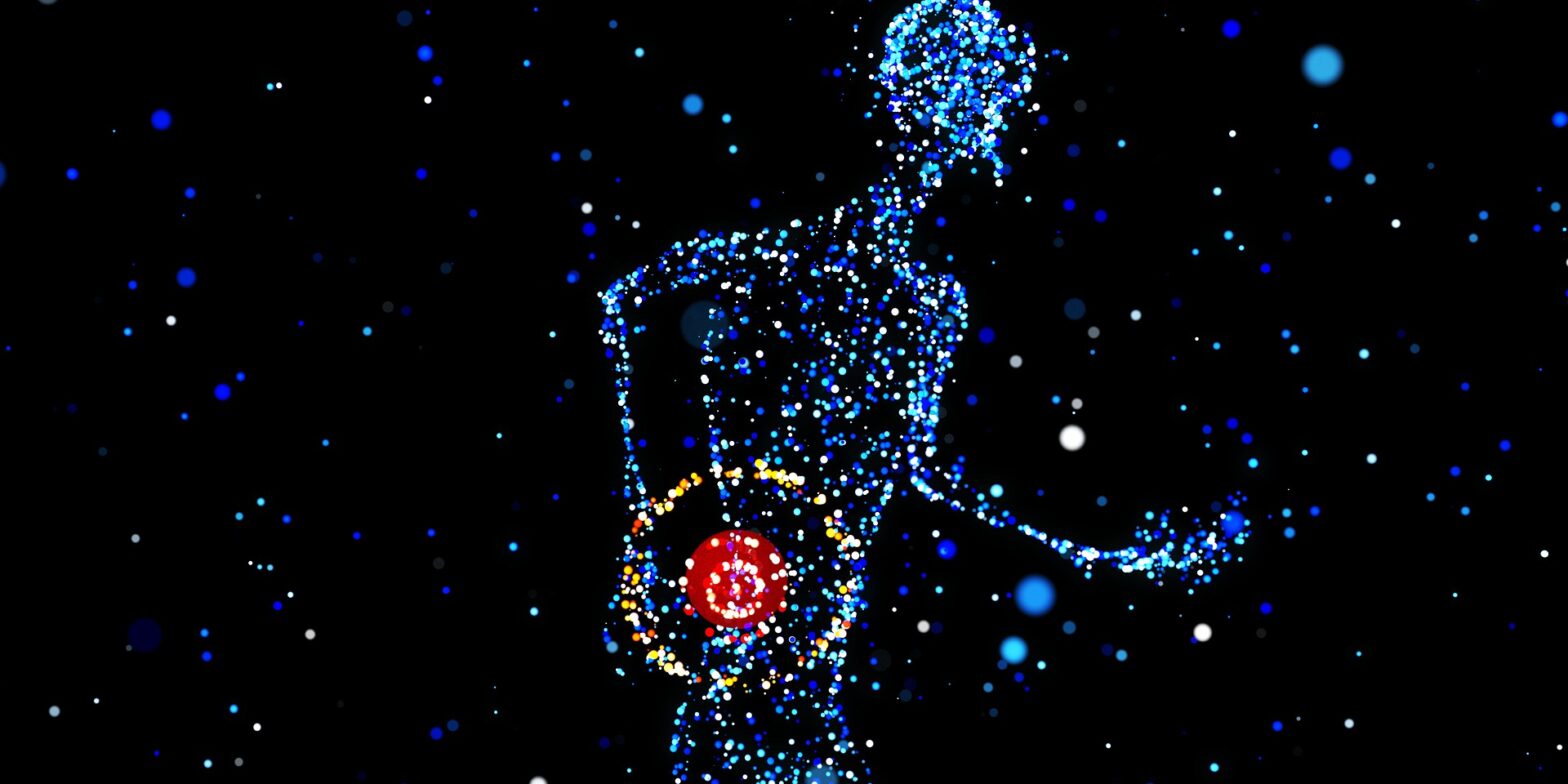Back pain is the number one cause of disability worldwide and in this blog I want to compare two solutions.
- First, a course of 24 Alexander Technique lessons. A Randomised Control Trial (RCT) published in 2008 showed that back pain sufferers reduced their pain levels from ‘every day’ down to only 3 in 28 days a year later.
- Second, four weeks of Pain Reprocessing Therapy. An RCT published in in 2022 showed that 66% of back pain sufferers were pain-free or nearly pain-free after treatment, with improvements largely the same after a year.
Although both approaches are clearly effective, what is interesting is that they are both unconventional and very different to each other. The Alexander Technique is a mind-body discipline that changes aspects of postural muscle tone. Conversely, Pain Reprocessing Therapy (PRT),
provides patients with a causal model of pain as due to brain processes and not due to bodily injury. Viewing the pain as a brain-generated “false alarm,” PRT emphasizes that the pain is reversible and the body is healthy.
‘Effect of Pain Reprocessing Therapy vs Placebo and Usual Care for Patients With Chronic Back Pain’, Supplement 2. doi: 10.1001/jamapsychiatry.2021.2669
One of the reasons that the recent PRT trial had such a high success rate is that it targeted patients who had no clear underlying physical condition which could account for the persistent pain. Indeed, the authors cite evidence that as much as 85% of back pain is this kind of primary or non-specific pain.
PRT has five main steps:
1. education about the brain origins and reversibility of pain;
Ibid.
2 gathering and reinforcing personalized evidence for the brain origins and reversibility of pain;
3. attending to and appraising pain sensations through a lens of safety;
4. addressing other emotional threats;
5. gravitating to positive feelings and sensations.
An introduction to Pain Reprocessing Therapy and some powerful testimony to its effects are included in the recent BBC podcast, ‘Is back pain a transmissible disease?’ – Dan’s story The programme situates PRT within the approach to understanding illness known as the biopsychosocial model. This model suggests that pain is best explained by a combination of biological, psychological and social factors. The show’s presenter Professor Guy Leschziner explains the model as follows:
Just to be clear, the three elements that influence how you experience any illness are biology (what’s happening inside the body, so things like genetics, an infection or the effects of medication), social (what’s going on in your life, relationships or stressful events) and psychology (what’s going on in your mind, how are you feeling emotionally, are you anxious or depressed, are you worried this could be life-threatening).
Professor Guy Leschziner
The biopsychosocial framework is useful for understanding both Pain Reprocessing Therapy and the Alexander Technique, despite the two approaches being so different to each other. The Alexander Technique is an educational method premised on the unity of body and mind (which Alexander calls ‘the self’), and impacts on all aspects of human functioning: mental, emotional, physical and social. Conversely, Pain Reprocessing Therapy is a psychological treatment but which includes a ‘somatic tracking exercise’.
Both the Alexander Technique and the ‘somatic tracking’ component of Pain Reprocessing Therapy have some similarities with mindfulness practices. However, as far as I can see, this is where the similarity between the Alexander Technique and Pain Reprocessing Therapy ends. Indeed, mindfulness is very broadly defined and applied, and does not in my view contribute meaningfully to an understanding of these two unique solutions for back pain.

